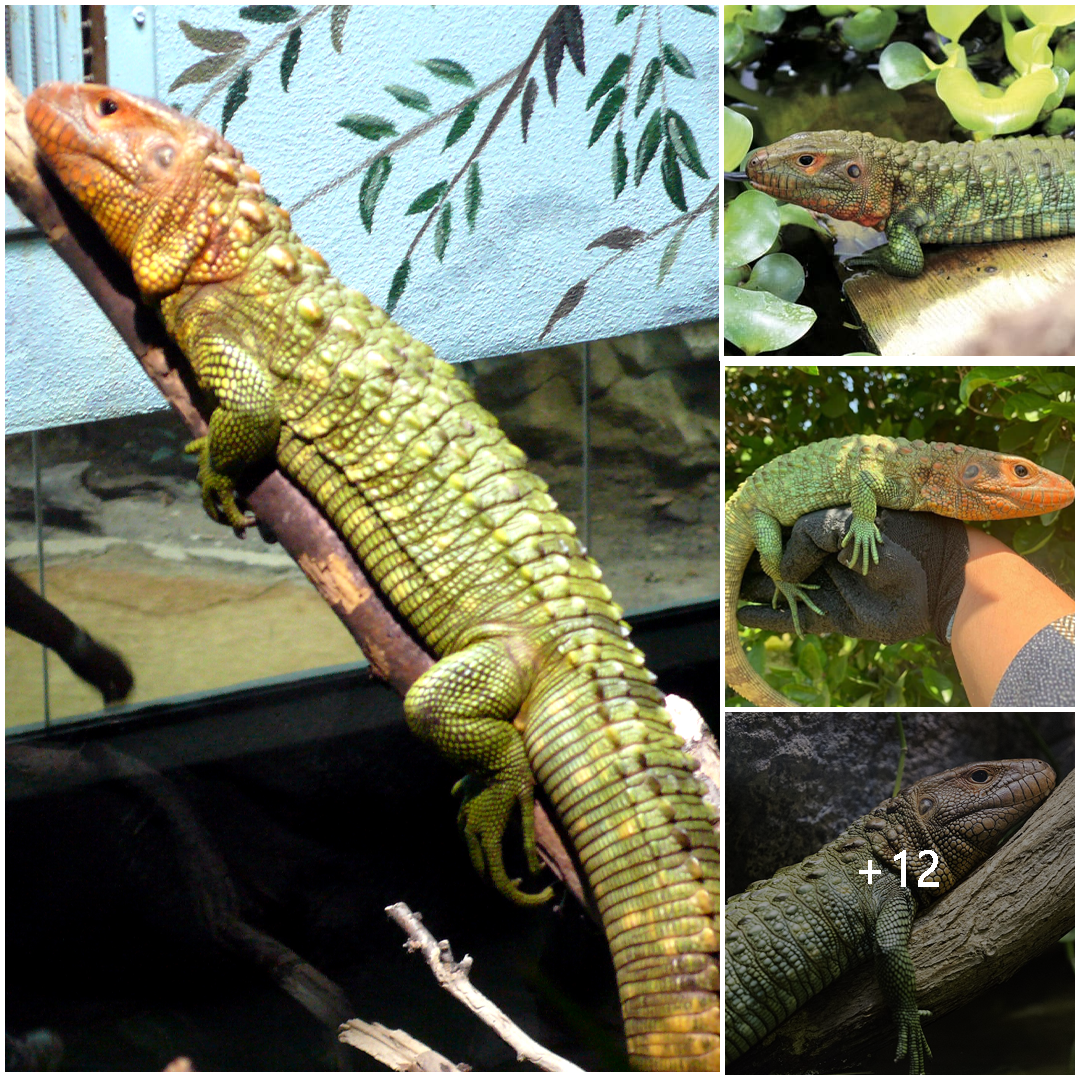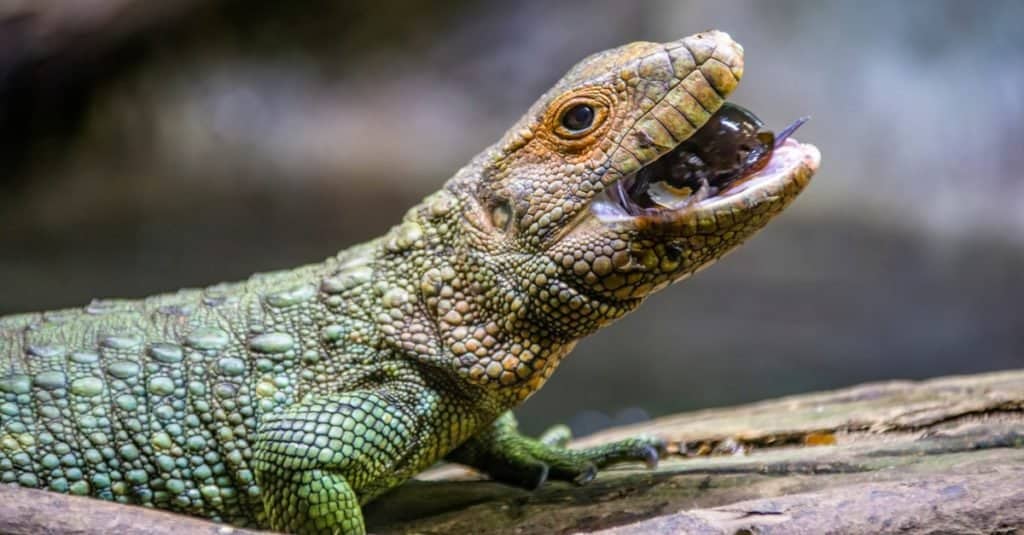
Exploring the Fascinating World of the Caiman Lizard
Introduction: In the verdant depths of South America’s lush rainforests, amidst the cacophony of wildlife, lurks a creature that embodies the mystique of its surroundings – the Caiman Lizard. With its prehistoric appearance and unique adaptations, this remarkable reptile beckons us to delve into its captivating world.
The Caiman Lizard: A Glimpse into Prehistory With its elongated body, armored scales, and powerful tail, the Caiman Lizard presents a striking resemblance to the ancient dinosaurs that once roamed the Earth. Found predominantly in the Amazon Basin and surrounding regions, this semi-aquatic species inhabits freshwater habitats, including rivers, streams, and swamps.
Physical Characteristics: One cannot help but be captivated by the distinctive appearance of the Caiman Lizard. Its robust body, adorned with overlapping scales, provides excellent protection against potential predators and environmental hazards. Akin to its namesake, the caiman, this lizard boasts a set of sharp teeth designed for gripping and tearing its prey.
Adaptations for Aquatic Life: Unlike many other lizard species, the Caiman Lizard is well adapted to an aquatic lifestyle. Its streamlined body and powerful limbs facilitate swift movement through water, enabling it to pursue prey and evade danger with remarkable agility. Furthermore, its ability to remain submerged for extended periods enhances its hunting prowess, as it stealthily awaits unsuspecting prey.

Dietary Habits: As voracious predators, Caiman Lizards possess a diverse diet consisting primarily of aquatic invertebrates, fish, amphibians, and small mammals. Using their keen sense of smell and acute vision, they locate prey both above and below the water’s surface, demonstrating their versatility as hunters within their ecosystem.
Reproduction and Lifecycle: During the breeding season, male Caiman Lizards engage in elaborate courtship displays to attract potential mates. After mating, females deposit their eggs in concealed nests along riverbanks or within vegetation, where they are incubated until hatching. Upon emergence, young Caiman Lizards embark on a perilous journey, navigating the challenges of their environment as they mature into formidable adults.
Conservation Status and Threats: Despite their resilience, Caiman Lizards face various threats to their survival, including habitat loss, pollution, and illegal poaching for the exotic pet trade. Conservation efforts aimed at preserving their natural habitats and regulating trade are crucial for safeguarding their future and ensuring their continued presence in the wild.
Conclusion: The Caiman Lizard stands as a testament to the marvels of evolution and the intricate interconnectedness of life within the Amazonian ecosystem. As stewards of our planet, it is incumbent upon us to cherish and protect these extraordinary creatures, allowing them to thrive in their natural habitat for generations to come. In unraveling the mysteries of the Caiman Lizard, we gain not only a deeper understanding of its biology but also a profound appreciation for the intricate tapestry of life that surrounds us.





